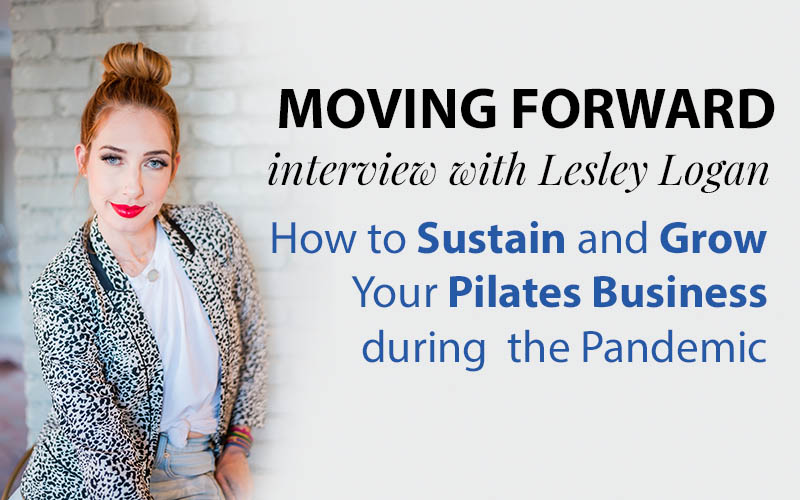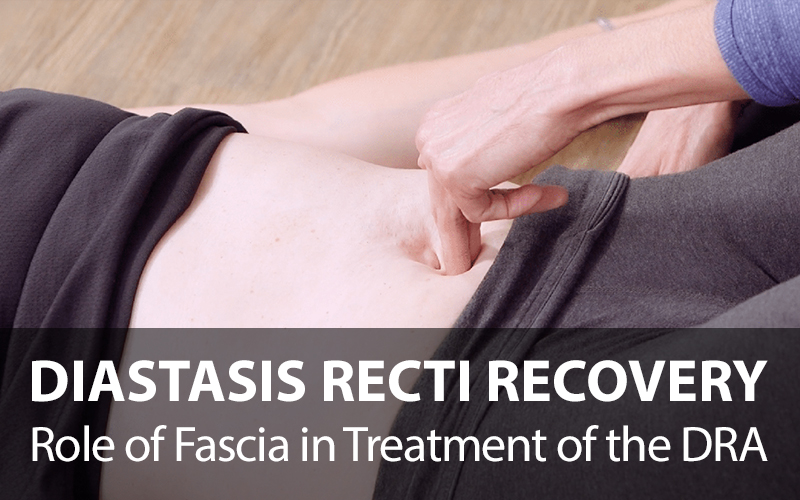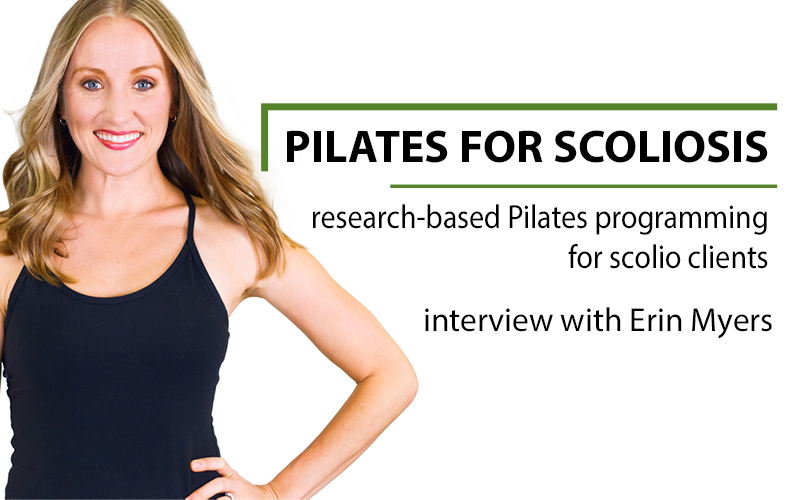How to Break through the Pay Ceiling for Movement Service Providers
Interview with the founders of the Embodied Course Creation Program “It is to make the switch from selling your soul per hour to leveraging your knowledge and passion using the new knowledge economy model.” This is the quote that grabbed my attention right away when I took a first glance at the free blueprint created … Read more






